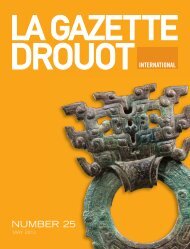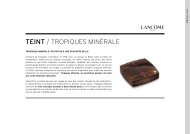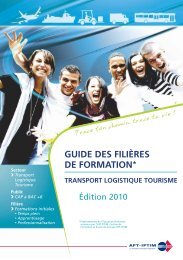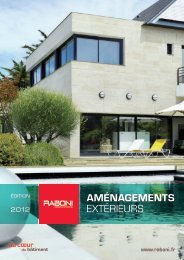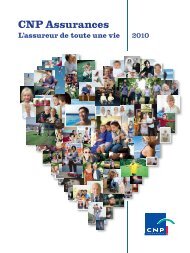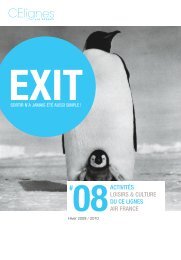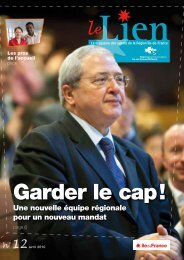Art Market Magazine - Visit zone-secure.net
Art Market Magazine - Visit zone-secure.net
Art Market Magazine - Visit zone-secure.net
Create successful ePaper yourself
Turn your PDF publications into a flip-book with our unique Google optimized e-Paper software.
© 2013 Museum Associates/LACMA<br />
THE MAGAZINE EXHIBITIONS<br />
Fashion in Europe history in its own fashion<br />
Fashion, like painting, reflects the world. The<br />
industrious development of skills merges<br />
with a history of people, where forms often<br />
illustrate the societies that invent them.<br />
Through a sensual relationship between<br />
fabrics and movement, the couturier's eye captures<br />
lifestyles in a silhouette. He proposes them, fixes their<br />
ephemeral contours, and delineates their impression.<br />
Like a painter, he illustrates their spirit, too, and lays<br />
down the colours of a particular time. The garment, a<br />
4<br />
SEE THE<br />
VIDEO<br />
98 GAZETTE DROUOT INTERNATIONAL I N° 23<br />
fragile everyday item and the sociological and aesthetic<br />
witness of an epoch, becomes the expression of a civilisation.<br />
The LACMA (Los Angeles County Museum of <strong>Art</strong>)<br />
understood this a long time ago, and has been adding<br />
historical clothing to its collections since 1915, even<br />
before its first paintings. And now, after a stopover in<br />
Berlin, the institution is presenting a collection of<br />
remarkable outfits and accessories built up over fifty<br />
years by two antique dealers and collectors of ancient<br />
fabrics: Martin Kamer from London, and Wolfgang Ruf<br />
from Switzerland.<br />
Reality transcended<br />
A circuit like a long, winding ribbon, dreamed up by<br />
stage designer Frédéric Beauclair, gradually unfolds the<br />
development of silhouettes. In simple, almost invisible<br />
display cases, these set up a comparison and a dialogue,<br />
like a conversation between models of all ages, which<br />
the visitor is invited to join in. Displayed with skilfully<br />
reflected viewpoints, we see around a hundred pieces<br />
plucked from two centuries of design between 1700<br />
and 1915. Like a family tree, this journey through time<br />
reveals the association between forms, from late Louis<br />
XIV sack-back gowns with their scalloped ruffle sleeves<br />
to the fluid, slender forms of Paul Poiret worn up to the<br />
middle of the First World War. Like an immobile fashion<br />
show, this scholarly and even elitist panorama, though it<br />
may lack solid, explicit points of reference, reveals the<br />
predominance of French fashion in Europe through<br />
Turban, Paul Poiret, worn by Denise Poiret<br />
for the "Thousand and second night" party, 1911.





